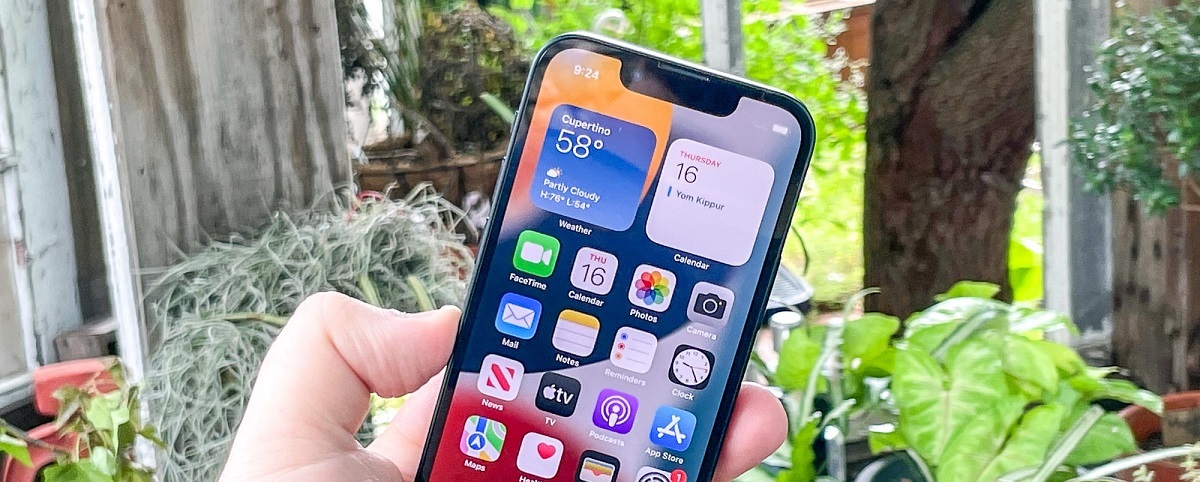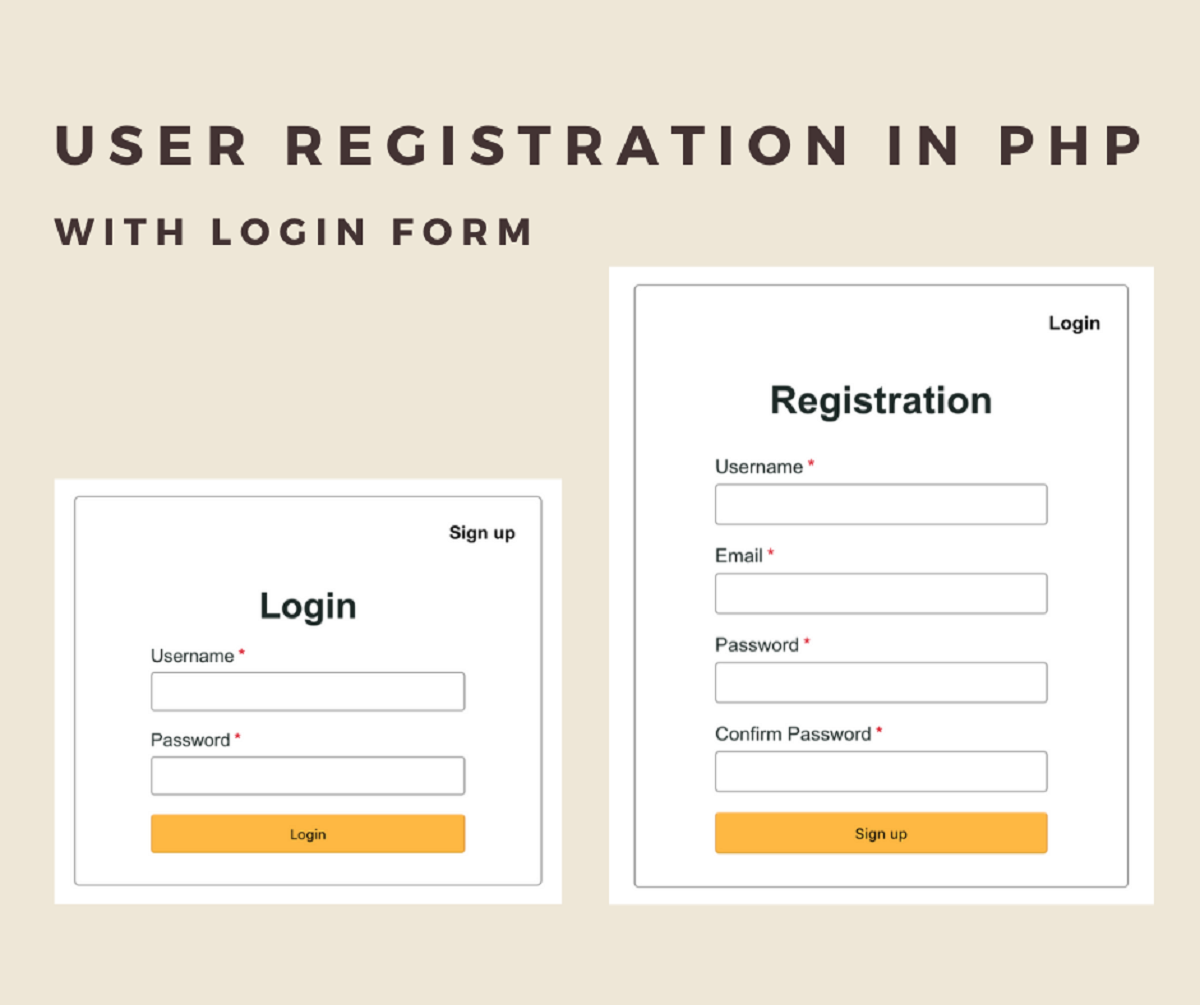Introduction
In today’s digital landscape, ensuring the security and privacy of our devices is of utmost importance. With the advent of Face ID technology, Apple has introduced a convenient and secure means of unlocking our iPhones and iPads. But did you know that Face ID can also be used in conjunction with Guided Access, a feature that allows you to restrict access to specific apps or features on your device? In this guide, we will explore how to set up and utilize Face ID for Guided Access, giving you even more control over your device’s accessibility.
Guided Access is a powerful feature that provides a customizable and secure experience, particularly for those sharing their devices with others. Whether you want to limit access to a single app during a presentation or ensure that your child stays focused on their educational app, Guided Access can be immensely helpful. And by using Face ID in conjunction with Guided Access, you can enjoy an added layer of security and simplicity.
In this comprehensive guide, we will walk you through the steps to set up Face ID for Guided Access, enabling you to lock your device to a specific app or feature and authorize access with just a glance. We will also provide some tips and tricks to maximize the effectiveness of Face ID with Guided Access, as well as troubleshoot common issues that you may encounter. By the end of this guide, you will have a solid understanding of how to use Face ID with Guided Access and take full advantage of these powerful features on your Apple device.
What is Guided Access?
Guided Access is a feature available on iPhones and iPads that allows you to limit the use of your device to a single app or specific features, making it great for various scenarios such as educational purposes, public presentations, or simply preventing unauthorized access to certain apps.
When enabled, Guided Access restricts the device to a specific app, disabling hardware buttons and touch interactions to prevent accidental app switching or exiting. It also provides the option to disable specific areas of the screen, further enhancing the control over the user’s experience.
Guided Access is particularly helpful in situations where you want to ensure the focus stays on a specific app or feature. For example, teachers can use it during exams to prevent students from accessing other apps or resources. Parents can use Guided Access to limit their child’s usage to a single app, preventing them from accidentally accessing inappropriate content or making unauthorized purchases.
Additionally, Guided Access offers a range of customization options, allowing you to control which features are available during a session. You can disable touch input entirely or selectively disable certain areas of the screen, making it perfect for interactive apps where specific regions need to be off-limits or for apps that have distracting elements that you want to hide.
Once you have set up Guided Access, you can easily activate it by triple-clicking the Home button or side button (depending on your device model) and can exit Guided Access by entering your passcode or using Face ID, Touch ID, or the device’s biometric authentication method.
Overall, Guided Access provides a simple yet powerful way to restrict access to your device’s apps and features, ensuring a focused and secure user experience. Combining Guided Access with Face ID takes this to the next level by offering an even more convenient and seamless way to authorize access and maintain control over your device.
Setting Up Face ID for Guided Access
Before you can utilize Face ID with Guided Access, you need to ensure that both features are properly set up on your device. Here’s a step-by-step guide on how to do it:
- Make sure your iPhone or iPad supports Face ID. Face ID is available on the devices that have a TrueDepth camera system, such as iPhone X, iPhone XR, iPhone XS, iPhone XS Max, iPhone 11, iPhone 11 Pro, and iPhone 11 Pro Max.
- Set up Face ID on your device by going to “Settings” and selecting “Face ID & Passcode”. Follow the instructions to scan your face and create your Face ID profile. This will enable Face ID to recognize your face for authentication purposes.
- Once Face ID is set up, navigate to the “Accessibility” section in the device’s settings.
- In the Accessibility settings, tap on “Accessibility Shortcut” and select “Guided Access” from the list of options. This will allow you to activate Guided Access quickly by triple-clicking the Home button or side button.
- Return to the main Accessibility settings and select “Guided Access”. Here, you can configure various options for Guided Access, such as enabling or disabling touch input, setting a passcode, and adjusting time limits.
- Enable the “Mirror Display Auto-Lock” option to ensure that the display remains locked during Guided Access sessions.
- Under the “Accessibility Shortcut” heading, make sure “Guided Access” is toggled on, allowing you to easily activate Guided Access using the Accessibility shortcut.
- Finally, navigate to the app you want to use with Guided Access. Triple-click the Home button or side button to activate Guided Access, then tap on “Start” in the top-right corner. Using Face ID, authenticate your identity by looking at the device.
Once you have completed these steps, Face ID will be set up and ready to be used with Guided Access. Now, whenever you activate Guided Access on your device, you can seamlessly authenticate your identity using Face ID, providing an additional layer of convenience and security.
Enabling Guided Access with Face ID
Now that you have set up Face ID and Guided Access on your device, it’s time to enable Guided Access with Face ID. Follow these steps to get started:
- Open the app that you want to use with Guided Access.
- Triple-click the Home button or side button (depending on your device model) to activate Guided Access. If you have enabled the Accessibility shortcut for Guided Access as mentioned in the previous section, you can also triple-click the Home button or side button quickly to activate Guided Access.
- After entering Guided Access mode, tap on the “Options” button at the bottom-left corner of the screen.
- In the Options menu, you will see different settings you can adjust for Guided Access. Tap on “Face ID” to toggle it on.
- When Face ID is enabled, your device will use facial recognition to authenticate your identity whenever you attempt to exit Guided Access. This means that only your face will be able to authorize access to the device and prevent unauthorized usage.
- Once you have made the necessary settings adjustments, tap on “Done” in the top-right corner to save your changes.
That’s it! You have successfully enabled Guided Access with Face ID. Now, when you activate Guided Access on your device, you can use Face ID to authenticate your identity when exiting Guided Access mode, ensuring that only you can regain full access to the device and its other functionalities.
Using Guided Access with Face ID
Now that you have enabled Guided Access with Face ID on your device, let’s explore how to use this powerful combination:
To activate Guided Access with Face ID:
- Open the app you want to use with Guided Access.
- Triple-click the Home button or side button (depending on your device model) to activate Guided Access. Alternatively, you can use the Accessibility shortcut if you have enabled it.
- Once Guided Access is enabled, the app will appear in full-screen mode with restrictions applied based on your Guided Access settings.
To exit Guided Access with Face ID:
- Triple-click the Home button or side button.
- Face ID will authenticate your identity by recognizing your face. Once your identity is confirmed, Guided Access will be disabled, and you will regain access to the full functionalities of your device.
It’s important to note that during a Guided Access session, Face ID will only be required when you attempt to exit Guided Access and not for any other interactions within the app. This ensures a seamless and secure user experience, allowing you to focus on the task at hand without interruptions.
Using Guided Access with Face ID provides an added level of security and convenience, allowing you to quickly and easily switch between Guided Access mode and unrestricted device usage. Whether you are using Guided Access to limit app access during a presentation, control your child’s device usage, or for any other scenarios, the combination of Guided Access and Face ID offers a seamless and secure user experience.
Tips and Tricks for Face ID with Guided Access
Now that you are familiar with using Face ID with Guided Access, here are some tips and tricks to enhance your experience:
- Ensure proper lighting: Face ID relies on the TrueDepth camera system to scan and authenticate your face. In low-light conditions, Face ID may not work as effectively. Make sure you are in a well-lit environment when using Face ID with Guided Access.
- Position your face properly: For Face ID to work accurately, position your face within the device’s camera frame. Keep the device at eye level and look directly at the screen to optimize the facial recognition process.
- Use adaptive learning: Face ID uses machine learning algorithms to adapt and recognize changes in your facial appearance over time. To improve the accuracy and speed of Face ID, unlock your device using Face ID regularly, even when not using Guided Access.
- Make use of alternative authentication methods: While Face ID provides a convenient way to authenticate your identity, you can also use other authentication methods, such as Touch ID or your device’s passcode, if needed or preferred.
- Customize Guided Access settings: In the Guided Access settings, you can tailor the experience to suit your needs. Explore options such as disabling specific areas of the screen, setting a time limit, or enabling or disabling touch input based on your requirements.
- Create accessibility shortcut: As mentioned earlier, you can set up a shortcut to activate Guided Access by triple-clicking the Home button or side button. This allows for quick and easy access to Guided Access, especially when you need to enable it frequently.
- Practice using Guided Access: Familiarize yourself with using Guided Access in different scenarios. Test it out with various apps and features to understand its capabilities and limitations. This will help you make the most out of Guided Access with Face ID.
By following these tips and tricks, you can enhance the performance of Face ID and make the most of Guided Access on your device. Enjoy the convenience and security that this combination offers, and tailor the settings to suit your specific needs.
Troubleshooting Face ID and Guided Access Issues
While Face ID and Guided Access are generally reliable features, you may encounter some issues. Here are some common problems and troubleshooting steps to resolve them:
- Face ID not recognizing your face: If Face ID is having trouble recognizing your face, ensure that you are holding the device at the correct angle and distance. Make sure there is proper lighting and that your face is unobstructed. You can also try removing and re-adding your Face ID profile in the device settings.
- Guided Access not activating: If you’re having difficulty activating Guided Access, confirm that you have enabled the feature and assigned it to the Accessibility shortcut. You can check in the device settings under Accessibility. If the problem persists, try restarting your device or updating to the latest software version.
- Face ID interruptions: During a Guided Access session, if Face ID is interrupted by a notification or an incoming call, the device may exit Guided Access. To prevent this, enable “do not disturb” mode or temporarily disable notifications before activating Guided Access.
- Guided Access bypass: In rare cases, there may be instances where Guided Access can be bypassed. To minimize this risk, ensure that you have set a strong passcode for Guided Access and enable the “Mirror Display Auto-Lock” option so that the display remains locked during Guided Access sessions.
- Incompatible apps: Not all apps may be fully compatible with Guided Access or Face ID. If you experience any compatibility issues, reach out to the app developer for assistance or consider using alternative apps that are known to work well with Guided Access and Face ID.
- General troubleshooting: If you encounter persistent issues with Face ID or Guided Access, try restarting your device, updating to the latest software version, or resetting the device’s settings. These steps can often resolve common software-related issues.
If the troubleshooting steps mentioned above do not resolve your issues, it may be necessary to reach out to Apple Support or consult with a professional for further assistance.
Remember, it’s important to keep your device updated with the latest software and regularly back up your data to minimize any potential issues or loss of information.
Conclusion
By combining the power of Face ID and Guided Access, you can take control of your device’s accessibility and security like never before. Face ID provides a convenient and secure way to authenticate your identity, while Guided Access allows you to restrict access to specific apps or features. Together, these features offer a seamless and customizable user experience.
In this guide, we explored how to set up Face ID for Guided Access and enable them on your device. We also provided tips and tricks to optimize your experience, troubleshoot common issues, and ensure a smooth user experience.
Using Guided Access with Face ID offers numerous benefits, including enhanced security, focused app usage, and convenient authentication. Whether you’re a teacher managing exams, a parent controlling device access for your child, or simply wanting to limit distractions during presentations, this combination of features empowers you with greater control over your device.
Remember to follow best practices such as ensuring proper lighting and positioning, customizing Guided Access settings, and practicing with different apps and features. This will ensure that you make the most out of these features and enjoy a reliable and secure user experience.
With Face ID and Guided Access, you can confidently embrace the convenience and security they offer, knowing that you have a powerful tool at your disposal to manage and control your device’s accessibility. So go ahead, enable Face ID for Guided Access and experience a new level of convenience, security, and control on your Apple device.

























